Manbris
Yamadori
Hi - here is number 3- a bit challenging to find the root base this one …
I also figured out how to stabilise the growth bag - dig a hole with soil mix then fill rather than the other way around- a lot easier this way.
Shame - there is few air pockets I struggled to fill with this - it is in the middle section and not obvious but my hand can feel it. I guess it would be ok for now?
Also would the Scots pine tree roots got cold damage with these growth bags? - not sure.
Thanks! Two more to go.
I also figured out how to stabilise the growth bag - dig a hole with soil mix then fill rather than the other way around- a lot easier this way.
Shame - there is few air pockets I struggled to fill with this - it is in the middle section and not obvious but my hand can feel it. I guess it would be ok for now?
Also would the Scots pine tree roots got cold damage with these growth bags? - not sure.
Thanks! Two more to go.
Attachments
-
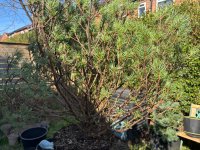 IMG_4964.jpeg1,003.9 KB · Views: 46
IMG_4964.jpeg1,003.9 KB · Views: 46 -
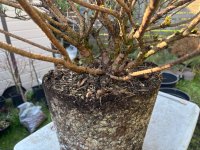 IMG_4966.jpeg767.7 KB · Views: 41
IMG_4966.jpeg767.7 KB · Views: 41 -
 IMG_4967.jpeg842 KB · Views: 34
IMG_4967.jpeg842 KB · Views: 34 -
 IMG_4970.jpeg698.4 KB · Views: 30
IMG_4970.jpeg698.4 KB · Views: 30 -
 IMG_4972.jpeg696.9 KB · Views: 30
IMG_4972.jpeg696.9 KB · Views: 30 -
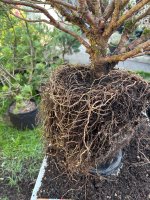 IMG_4973.jpeg651.9 KB · Views: 28
IMG_4973.jpeg651.9 KB · Views: 28 -
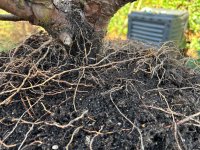 IMG_4976.jpeg860.8 KB · Views: 27
IMG_4976.jpeg860.8 KB · Views: 27 -
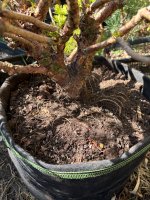 IMG_4978.jpeg593.3 KB · Views: 30
IMG_4978.jpeg593.3 KB · Views: 30 -
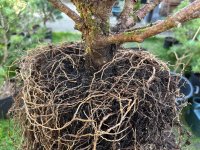 IMG_4974.jpeg900.5 KB · Views: 45
IMG_4974.jpeg900.5 KB · Views: 45
